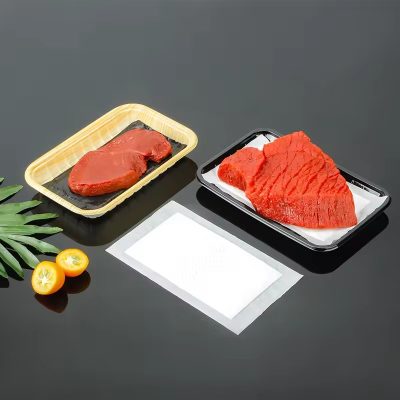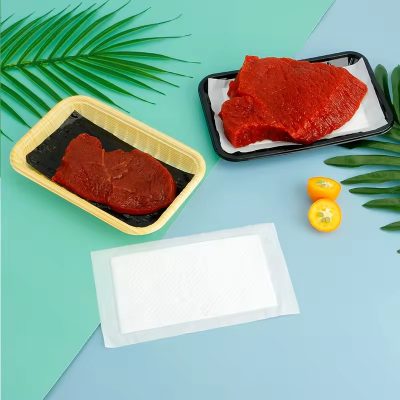Meat packaging stands as a pivotal link in the meat supply chain, ensuring the preservation of quality, safety, and sustainability of meat products from production to consumption. This article illuminates the crucial role of meat packaging, outlining its integral components, benefits, design considerations, and the industry’s transition towards more sustainable practices.
The Vitality of Meat Packaging
Meat packaging serves as a shield, safeguarding meat products from contamination, physical harm, and deterioration during transportation, storage, and presentation. Effective packaging not only retains the freshness and taste of meat but also upholds consumer safety by averting bacterial growth and extending shelf life, thus contributing to consumer satisfaction and market viability.
Key Components of Meat Packaging
Packaging Material: Various materials such as plastics (polyethylene, polypropylene), paperboard, and compostable alternatives are utilized. The selection is contingent upon factors like meat type, desired shelf life, and environmental impact.
Sealing Mechanism: Airtight sealing mechanisms like vacuum sealing and modified atmosphere packaging (MAP) serve to block oxygen infiltration, thereby impeding spoilage and microbial proliferation.
Labels and Branding: Labels furnish crucial information including meat type, weight, nutritional facts, expiry date, and handling instructions. Branding elements contribute to product differentiation and consumer engagement.
Benefits of Effective Meat Packaging
Extended Shelf Life: Innovations like MAP alter the atmosphere within the packaging, retarding microbial growth and oxidative processes, thereby prolonging shelf life and preserving meat quality.
Safety and Hygiene: Robust packaging acts as a barrier against external contaminants, ensuring meat integrity and consumer safety. Vacuum packaging reduces oxygen levels, inhibiting bacterial proliferation.
Consumer Convenience: Intuitive packaging designs featuring easy-open features and resealable options enhance consumer convenience, facilitating portion control and reducing food waste.
Brand Differentiation: Premium packaging coupled with clear labeling and compelling branding aids in product distinction, fostering brand loyalty and driving consumer preference.
Design Considerations
Material Selection: Opting for materials with superior barrier properties against oxygen, moisture, and contaminants, while also considering sustainability aspects to minimize environmental impact.
Packaging Technology: Embracing advanced technologies like MAP and active packaging to maintain meat freshness and safety, while also exploring innovations in biodegradable and compostable materials.
Ergonomics and Functionality: Designing packaging that is user-friendly, promoting ease of handling, opening, and resealing, thus enhancing consumer experience and reducing product wastage.
Sustainability: Embracing eco-friendly materials and designs to reduce packaging waste and carbon footprint, aligning with consumer preferences for sustainable options.
Trends in Meat Packaging
Sustainable Packaging: The rise of biodegradable and recyclable materials reflects a growing commitment to environmental stewardship and a circular economy.
Smart Packaging: Integration of smart technologies such as time-temperature indicators and QR codes enhances transparency and traceability, bolstering consumer trust.
Enhanced Shelf Life Technologies: Adoption of advanced packaging solutions like MAP and vacuum sealing to extend shelf life and ensure product freshness.
Minimalistic and Transparent Packaging: Trends towards minimalist designs and transparent packaging to showcase product quality and freshness, fostering consumer trust and preference.
Conclusion
In conclusion, meat packaging plays a pivotal role in preserving the quality, safety, and sustainability of meat products in the modern food industry. By leveraging innovative materials, technologies, and design strategies, the industry is poised to meet evolving consumer demands while advancing environmental sustainability goals. Through a concerted focus on protection, convenience, and sustainability, meat packaging continues to evolve, driving positive change in the marketplace and ensuring a safer and more sustainable food future.







